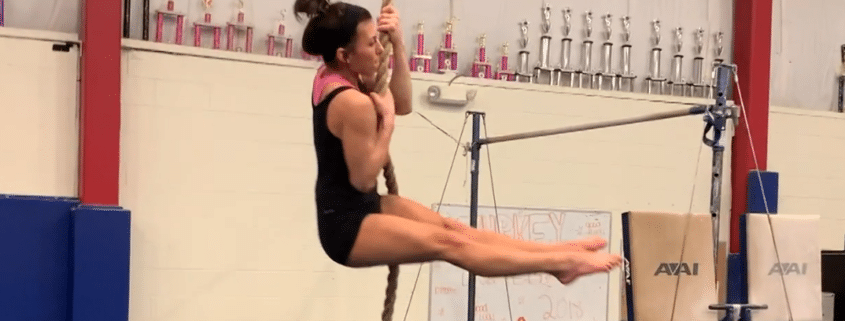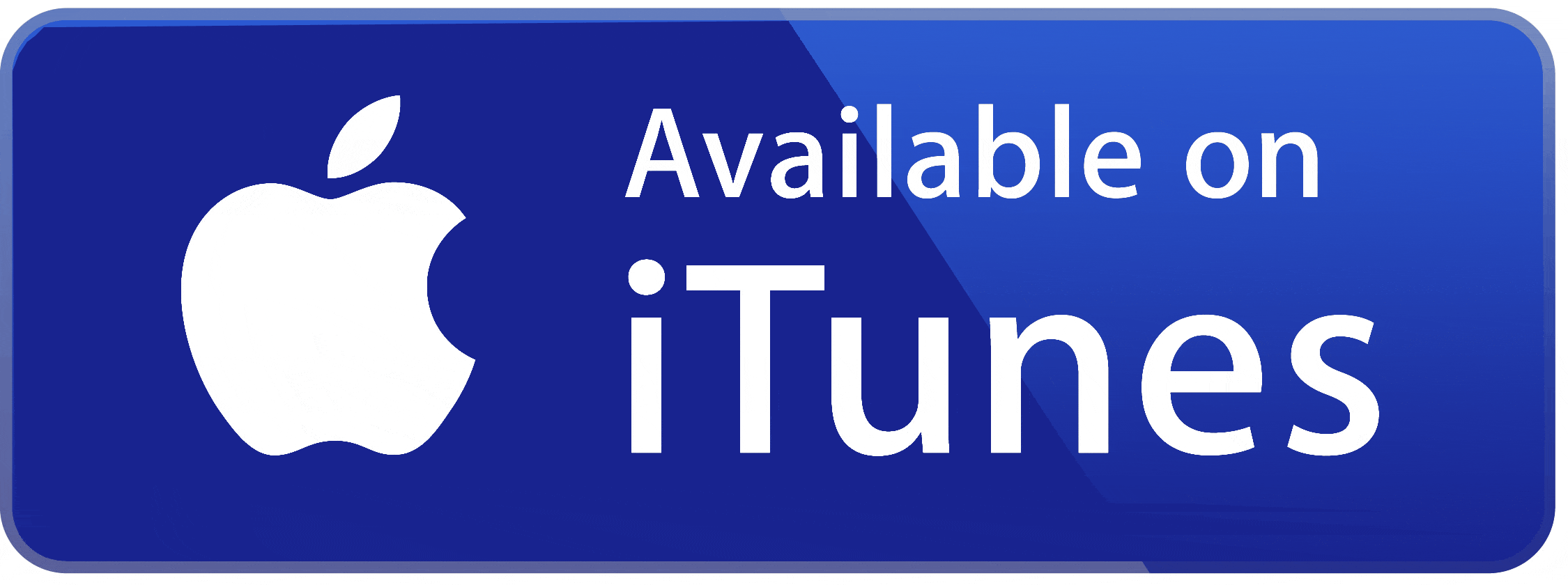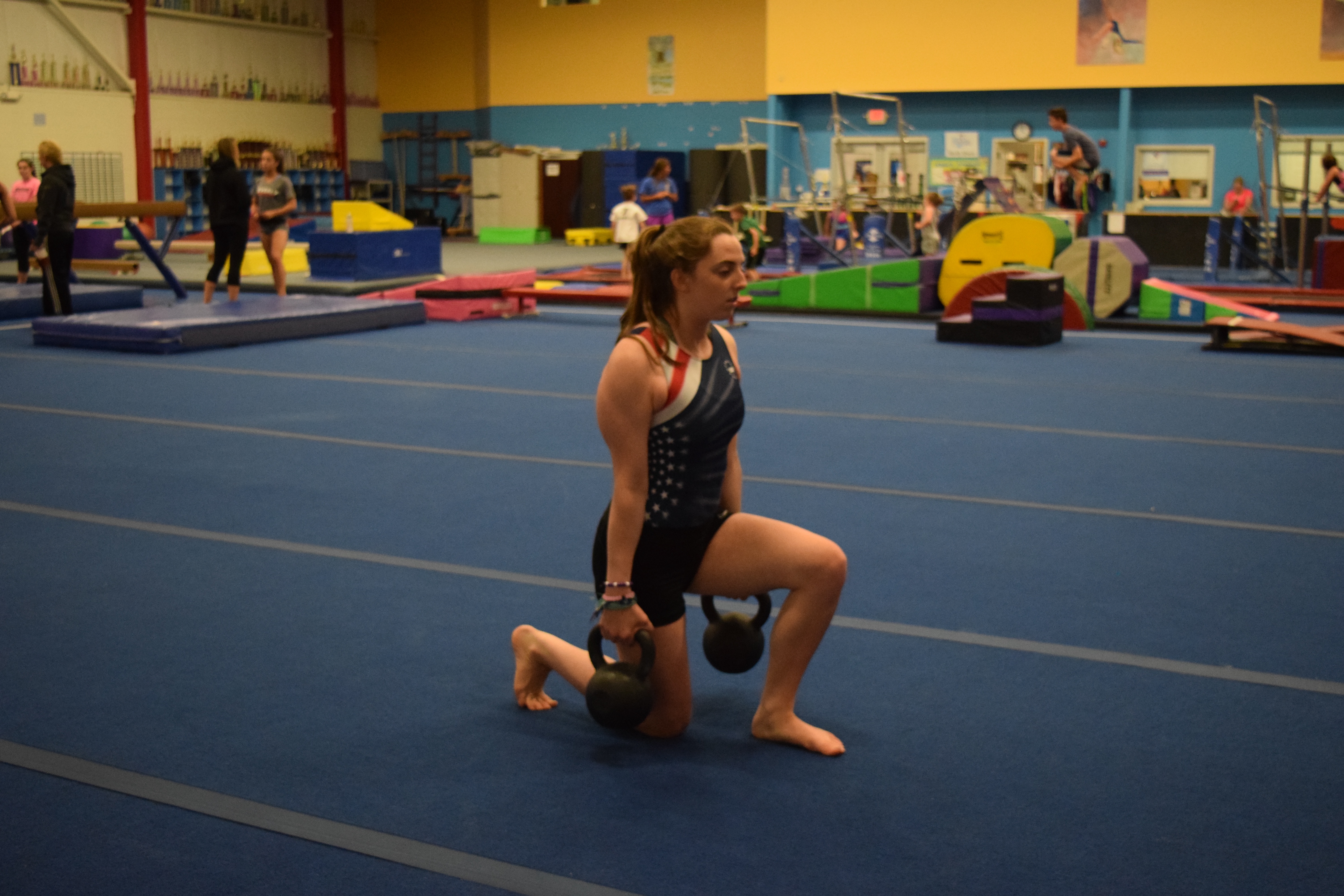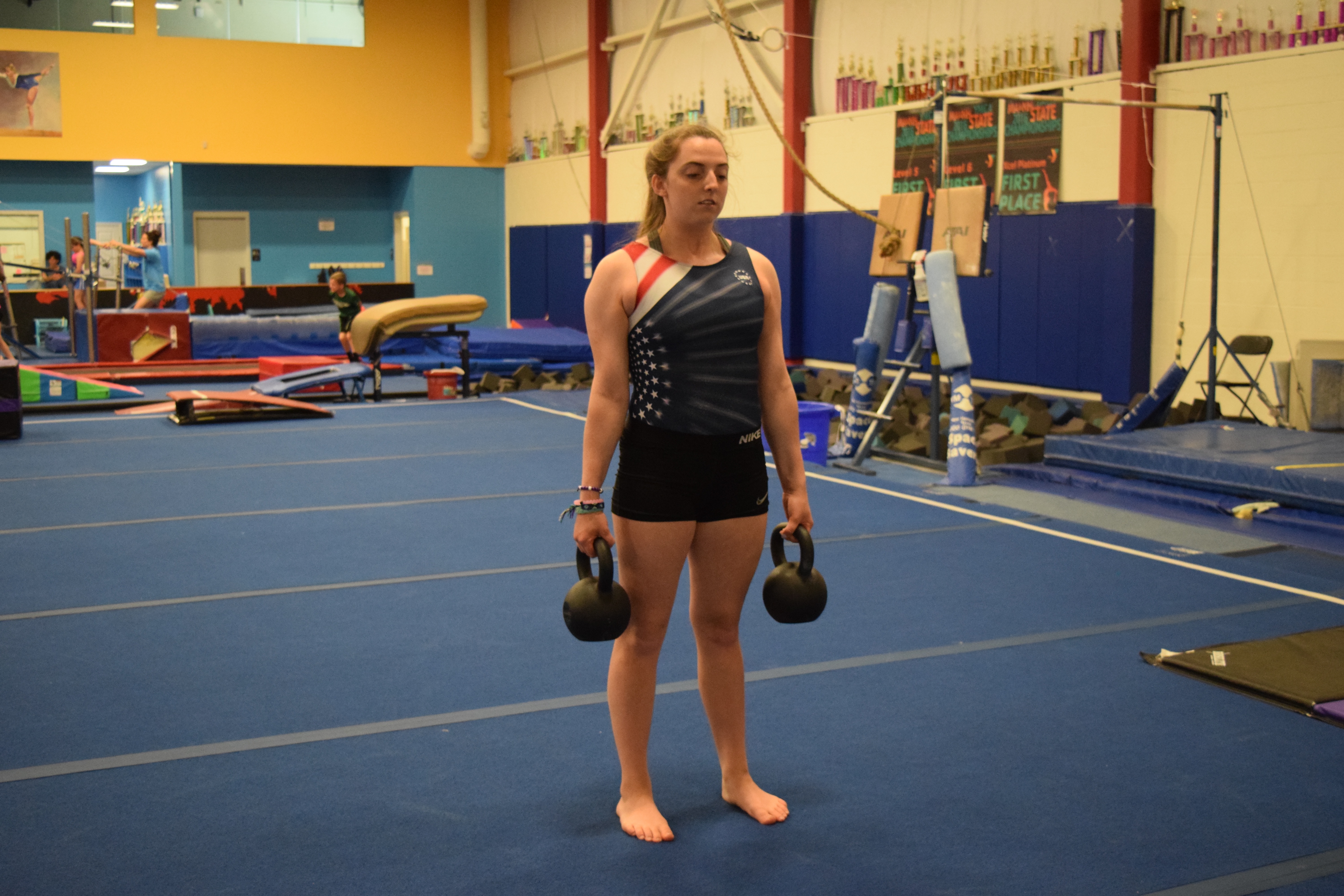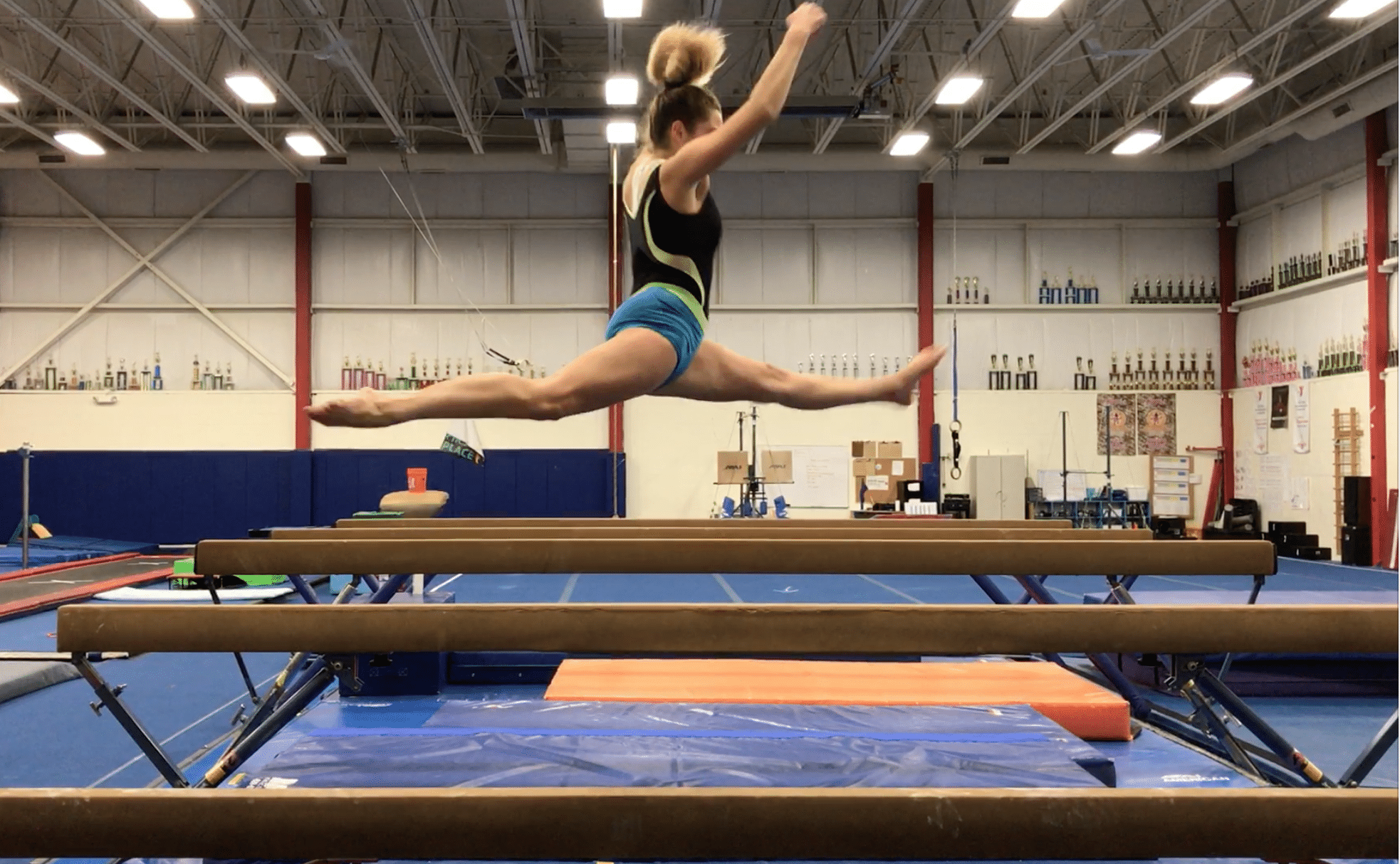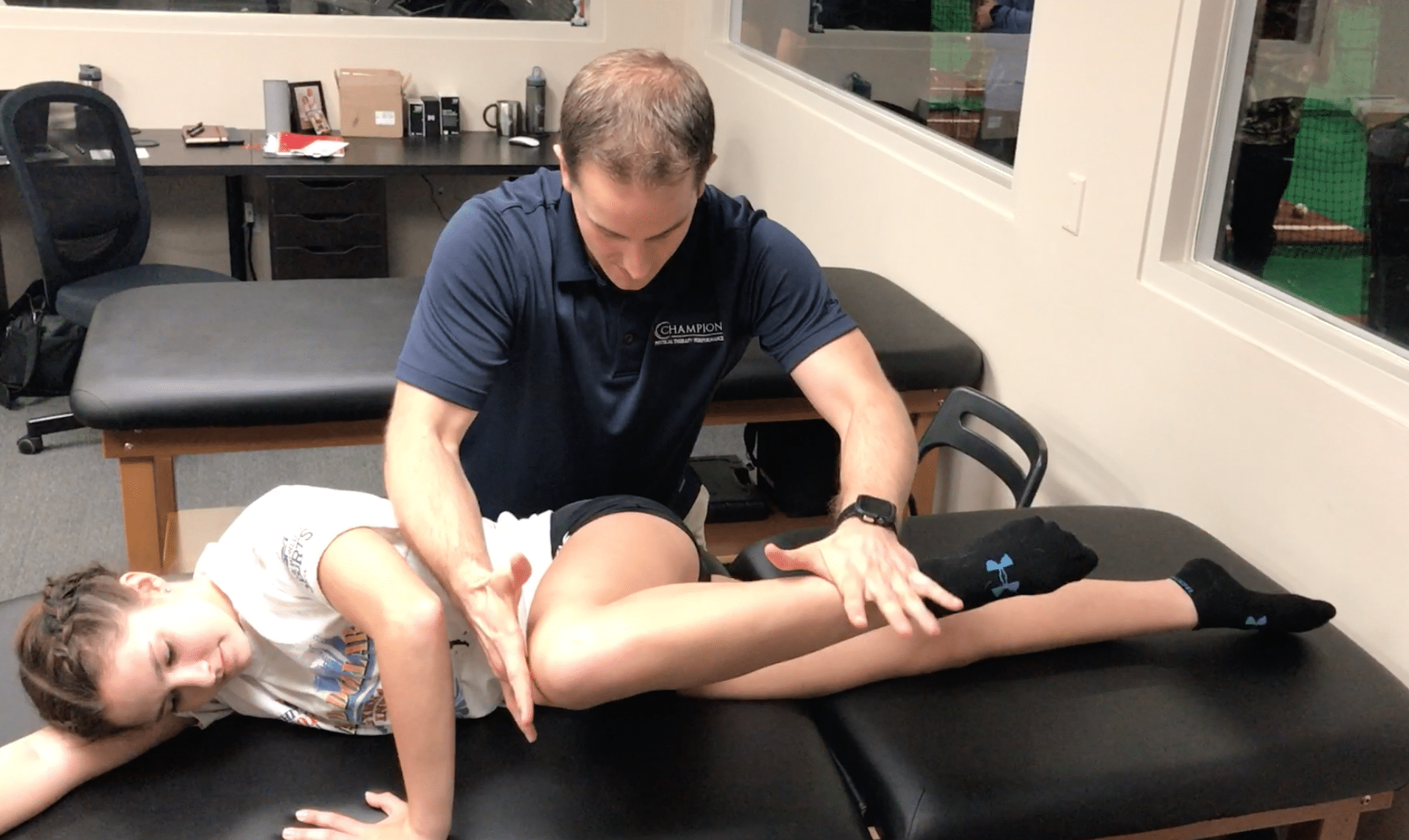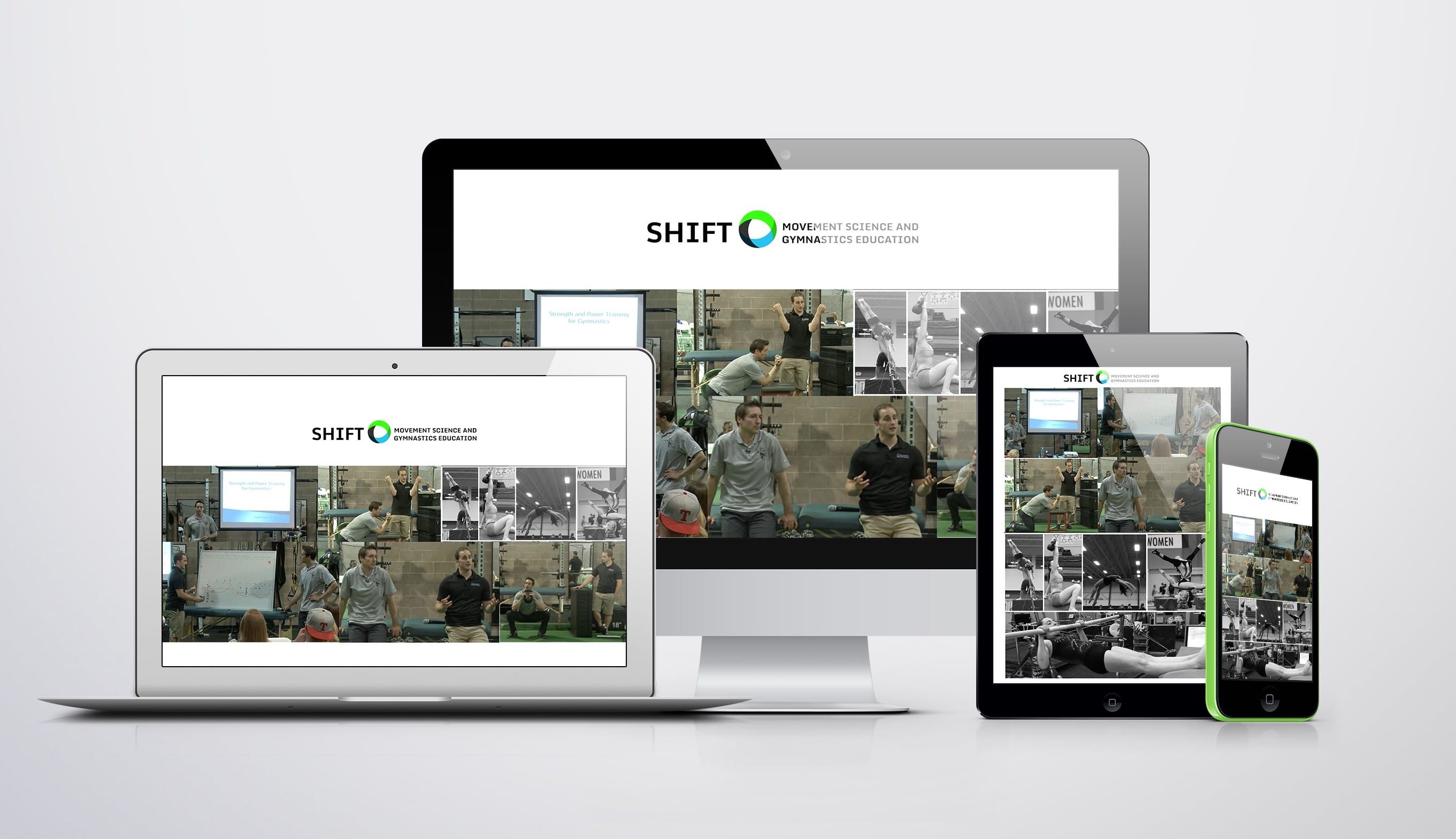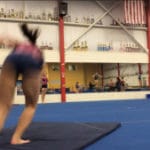Must Know Tips for Building Gymnastics Strength Programs In the Offseason
The sport of gymnastics is changing quite a bit, with our approach to Physical Preparation or Strength and Conditioning, being one of the largest overhauls going on.
There are a few reasons for this, but the biggest causes in my mind are
- The sport has become much harder with lower body forces up to 8-15x body weight in skills (research here, here, and book here), upper body forces 2-5x body weight (research here and here), and spine forces 5-10x body weight (research here and book here)
- 100’s of repetitions occurring each day/week, with 1000’s per month, especially as gymnasts move to optional levels
- The culture is changing to stop pushing 10-14-year-old gymnasts so hard due to the alarming rate of overuse injury, burnout, and high mental/emotional strain (research here, here, and here)
- Coaches, medical providers, and gymnasts realize that there is a huge benefit (both performance and injury risk) for using ‘new school’ mixed strength programs that use gymnastics body weight and external weight lifting approaches (research here and here)
- More access to scientifically based research is now available which dispels the myths about youth athletes lifting weights, but also shows the benefits for young athletes in a long term athletic development model.
- (research here, here, and here)
Although it is great to see this change occurring over the last 5 years, there are two main things to consider. One, we are just at the tip of the iceberg for knowledge and implementation to change the culture.
Two, I think the blistering pace of change is leaving a lot of coaches and medical providers completely overwhelmed and frustrated about how to implement it.
Gymnastics coaches know there are benefits to using external weights, but also struggle to also keep up the gymnastics specific essentials like cast handstands, shapes, and core work.
Along with this, many gymnastics coaches don’t know what exercises to use, how many sets/reps to do of each exercise, how to teach these things in the gym, and how to find space or equipment to implement a new program like this.
Lastly, there are only so many hours of practice and training in the offseason. Many people worry about young athletes spending so much time in training as it is, but also it can seem impossible to schedule proper warm-ups, event time, flexibility, drills, strength, cardio.
Tips for Gymnastics Coaches and Medical Providers
I’ve been lucky that over the last 5 years I’ve spent time with some phenomenal strength coaches, gymnastics, coaches, and medical providers to learn how to keep up with the change that gymnastics strength programs are going through. Many of these people are among the staff at Champion Physical Therapy where I work in Boston.
We are lucky that over 4 years, we have built a gymnastics performance program that blends these models of gymnastics specific strength and general fitness strength. We have been in the trenches figuring out what works, and also I have been working with many programs around the world to help get these concepts to everyday gyms across many levels of the sport.
I think there is a lot of information that can help people make off-season strength programs if they just were able to learn about it. So in order to help people out, I asked my buddy and our Director of Strength and Conditioning Kiefer Lammi to do an epic podcast episode on this topic.
In this video podcast, we talk about
- Planning for the offseason in gymnastics by breaking it up into pieces
- How to plan for days per week, sets, reps, and exercise programming in the gym
- How to go about implementing these new ideas without being overwhelmed
- How we program for high school, college, and elite gymnasts that myself and Kiefer work with.
I essentially wanted to have a conversation about all the tools I wish I had as a younger coach and clinician. I have also included some pictures below of the whiteboard material as I know it’s hard to see.
You can check out the video here, or listen to it in podcast form! Hope it
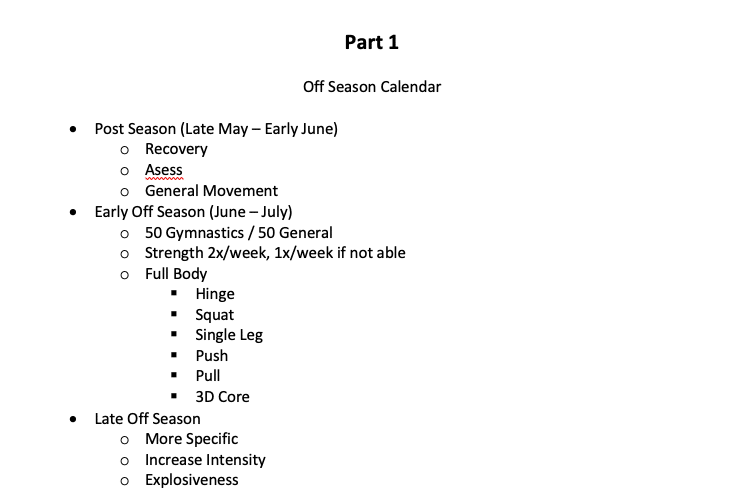
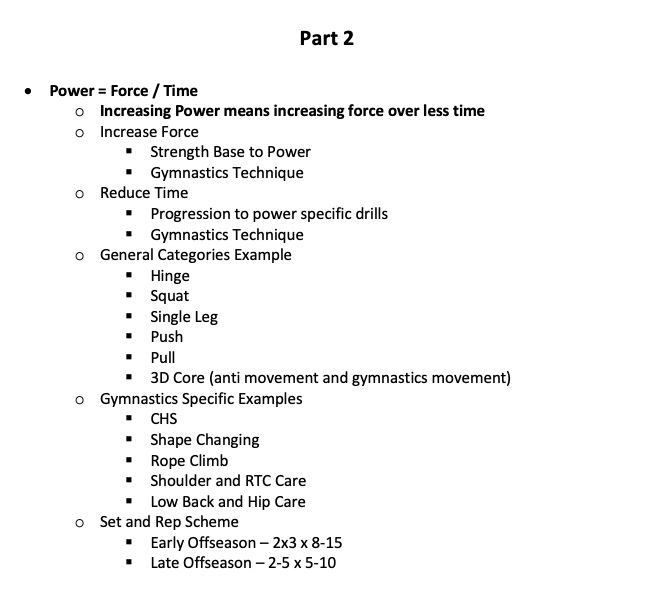

Have a great week!
– Dave
Dave Tilley DPT, SCS, CSCS
CEO/Founder of SHIFT Movement Science

